
Artwork from ppublicdomainpictures.net
Tetzaveh: Geometric Shapes, Inner Spaces, and Shared Remembrance
By Peninnah Schram
Two geometrical shapes jumped off the pages in this technicolor parasha, Tetzaveh: frames of gold and pomegranates. What often happens when we read and study the richly textured layers of Torah is that, a word, a phrase, a character, an incident, even a geometric design, suddenly appears, we just never saw it before.
The first shape is “frames of gold” (Exodus 28:11). The Hebrew word for “frames,” mish-b’tzot, refers to a square frame. To set this phrase in context, let me fill you in on what is being commanded (tetzaveh). The detailed instructions for building the Mishkan continue with descriptions of the priest’s vestments, the ephod and the breastplate. Two lazuli stones are to be engraved with the names of the sons of Israel and placed on the ephod where they will serve as stones for remembrance of the Israelite people… for remembrance before the Lord. Then, frames of gold and two chains of pure gold are made. (Exodus 28:11-14). Now while frames of gold may have some utilitarian purpose, these “frames of gold” must be there for another reason. But before revealing this “reason” that I have discovered, let’s examine the second shape.
The second shape that caught my attention is the pomegranate, a beautifully asymmetrically round fruit filled with clusters of juicy seeds and framed by a burgundy-colored outer skin topped by a petaled crown. It is said that King Solomon designed his coronet based on the pomegranate “crown.”
In verses 33-34, there is a description of the robe of the ephod with the instruction to “make pomegranates of blue, purple, and crimson yarns, all around the hem, with bells of gold between them all around.” Being one of the seven choice fruits of Israel and a popular decorative figure in Jewish art, the pomegranate (rimmon) has a great deal of symbolic meaning; including as a symbol of fertility, good deeds, and plenty.
Since the Middle Ages, this has been used for Torah crowns. Usually made of silver, these rimmonim can have different designs, such as towers with bells, and they connote remembrance as well as mitzvoth, Torah, study, beauty, and fertility.
So now we come to the question, what connects the square frames and the round pomegranates in Tetzaveh? Why do we need frames at all, square or encircling ones? Because they protect what is essential and fragile. They hide what we would take for granted if constantly exposed. They teach us to quest for what we need, and they serve as a trigger for us to recall what is inside. The heart of the matter is that frames create borders that we must transform into open doors.
Frames cause us to remember, just as the gold-framed stones of remembrance. They recall the continuity of the children of Israel to our ancestors with a sacred remembrance of our one God. So, too, the silver forms of the pomegranate on top of the Torah rollers serve as a memorial.
What can I connect to this parasha for how to live until I leave this world? That memory is something we Jews have treasured: memory of our history; of the traditions and celebrations, including holidays; and of the people who have been in our lives including family who helped raise us and continue to be part of our lives. My memory of them and the Jewish people give me strength and courage, hope and spirit, to have a life of creativity, a heart always filled with mitzvot, love and kindness.
To help keep these memories alive, Jews have created a written document called the Ethical Will, with throughout the Torah: (see Genesis 18:19; 47:28-50:26; Deuteronomy 31:12-13.)
When I entered my 80s, I decided to collect many of the essays and divrei Torah that I had given over the years, along with the titles of all my anthologies of Jewish folktales, and I listed this in a computer file as my “Ethical Will.”
In late 2021, at age 88, my biography, Peninnah’s World: A Jewish Life in Stories, was published. Suddenly, holding the book, which included some family photos, I realized that this book was filled with my parents’ wisdom. For example, my mother frequently quoted that “A good name is better than all the riches in the world.” Although she never read Pirkei Avot, this saying she ‘received’ from her parents has continued to become one of our family sayings that guide us in our actions. One of the wisdoms that comes from my father is “Choose life!” He emphasized this perspective at the time of my husband’s death by illustrating that life-choice with a biblical story. I hope that my children will act on this philosophy, namely to “Choose Life.” I would love them to tell stories about me, and to tell the stories I told. I also hope they will sing and dance with joy and laughter, no doubt with tears, too. This would be a great tribute to me!
Now, as an elder, I think about what I must transmit to my children as to how to act after I leave this world, and God willing this book, my Ethical Will, will be a treasure many generations to come.
Having those oral interviews with the author of my biography was like re-living many scenes of my life, seeing the people in my life in ways from a different perspective and sometimes re-creating a dialogue, etc. And so many of the conversations came back to my active thoughts.
A third shape in our Torah is the heart; the cognitive and affective realms serving both as the seat of wisdom (I Kings 3:9 and in Kohelet Rabbah I:7) and of memory and recollection (Deuteronomy IV:9). Together we need to wear the mantle of responsibility of transmitting our wisdom and experiences so the next generation will remember and pass on my legacy for the generations to remember how our people lived and died. These lessons come down to each of us through the geometric shapes that lead to Remembrance and, in this way, we would fulfill our responsibility of keeping Judaism alive.
- Neile, Caren Schnur. Peninnah’s World: A Jewish Life in Stories. NY: Hamilton Books, an imprint of Rowman & Littlefield, 2021.

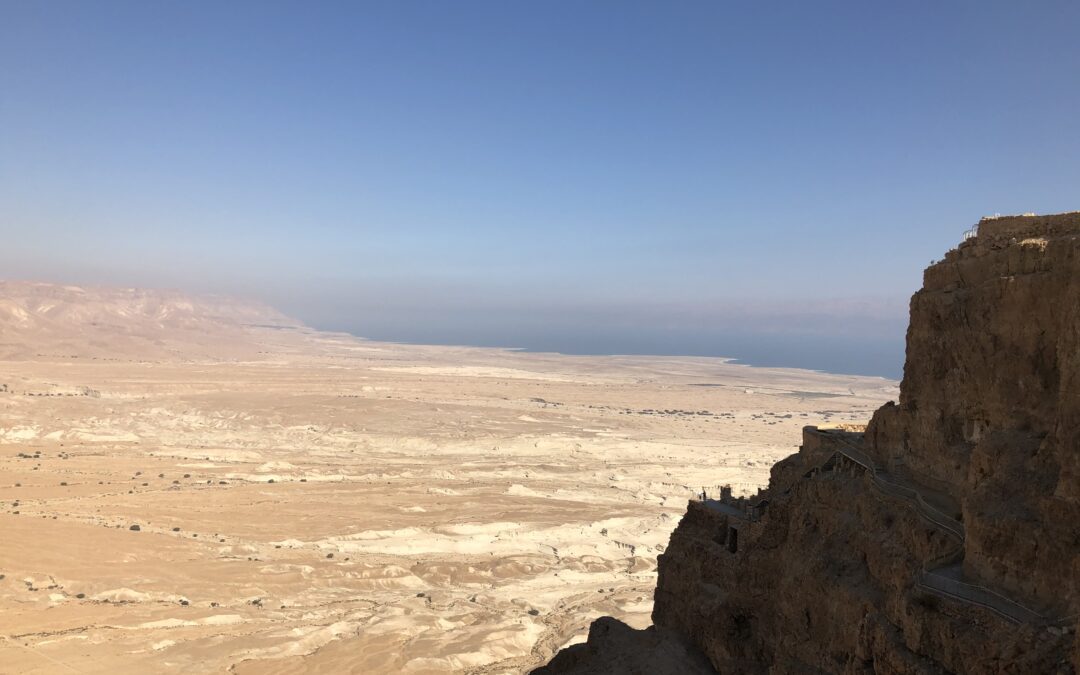
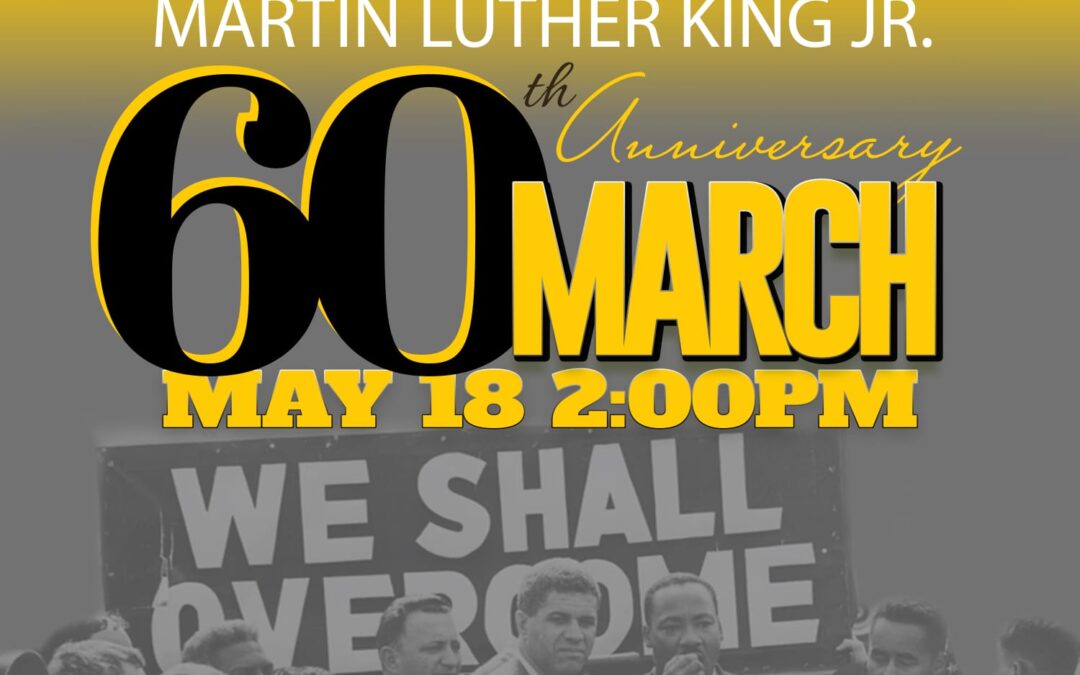


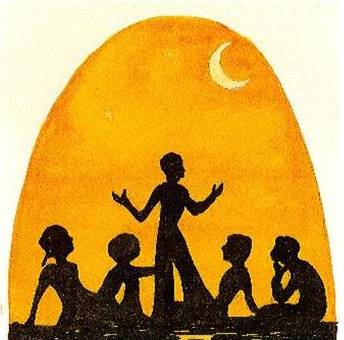


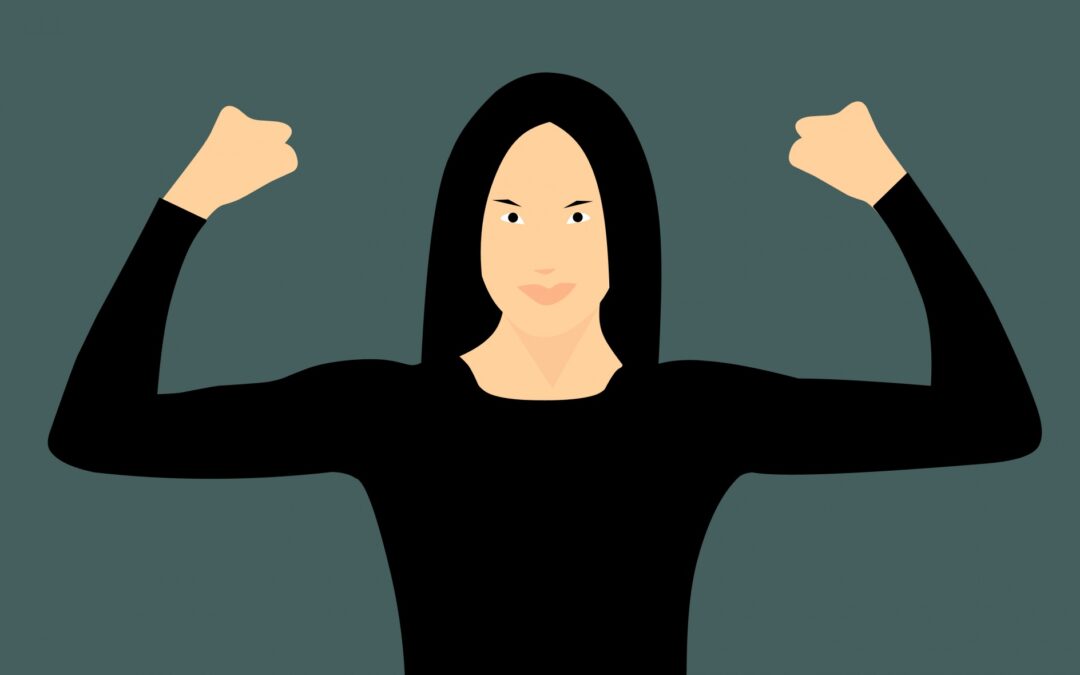
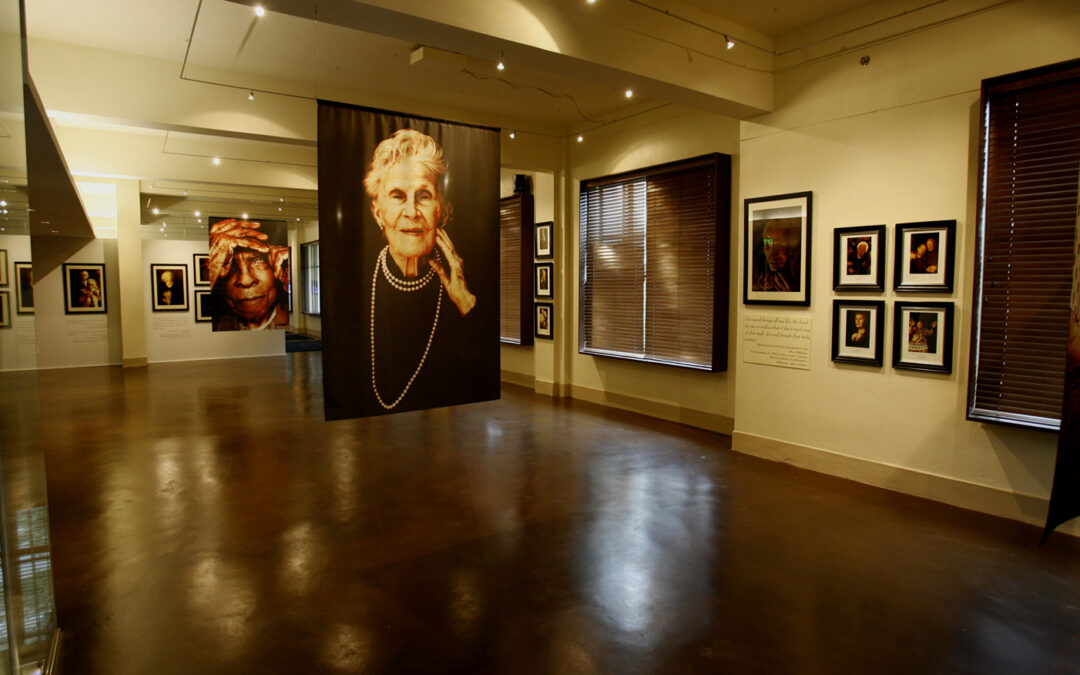
0 Comments